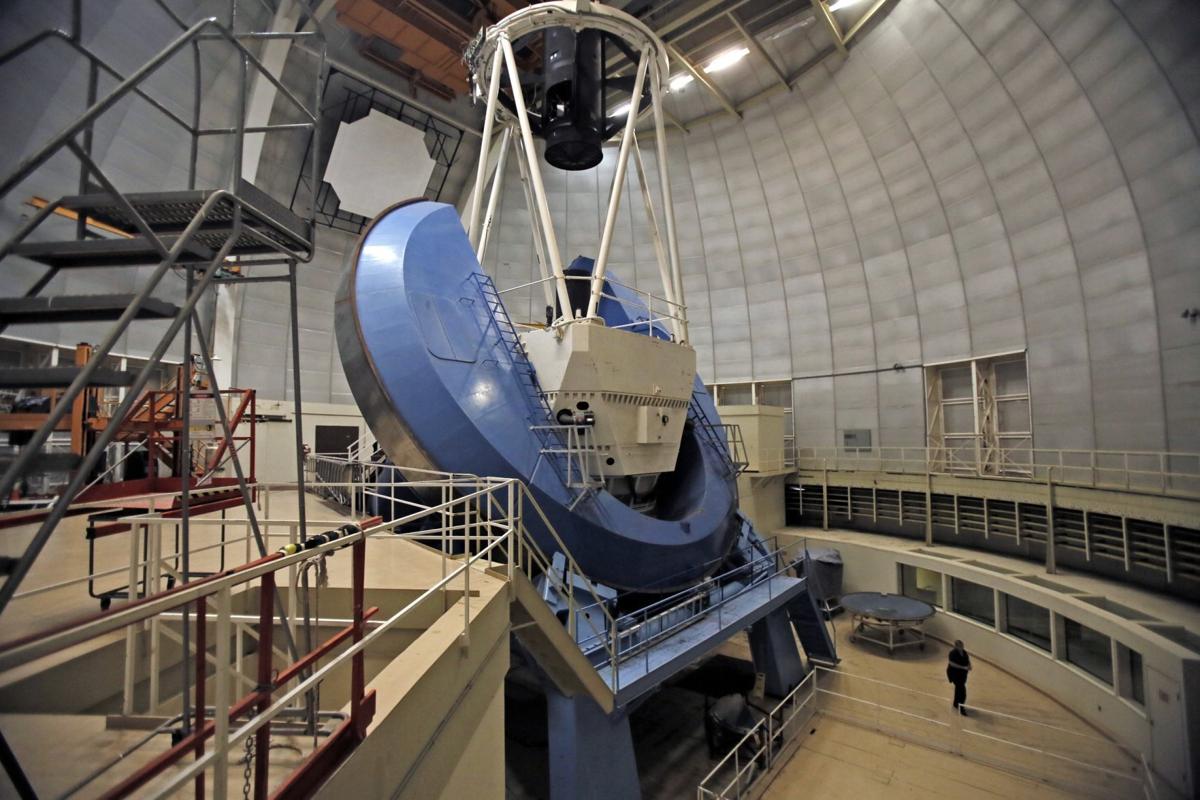The Andromeda Galaxy (also known as M31 and NGC 224) is the nearest spiral galaxy to our own Milky Way galaxy. Its relatively early Hubble type (Sb) and bright absolute magnitude (-20) make it an important and unique source of information on galaxies of this nature. M31 forms an important testing ground for ideas about massive galaxies and about galaxy evolution, and is ripe for detailed astrophysical exploration. The purpose of this atlas is to make future exploration and exploitation of this galaxy easier by mapping out some of the thousands of objects of various kinds that have been identified in it and by giving photographic and photometric data that will aid in planning and understanding new rese
arch.
The National Geographic Society generously provided funds to support the preparation of the atlas and to help cover its publication costs. The Kitt Peak National Observatory provided the observing time at its 4-meter telescope, through an assignment to an ``M31 consortium.'' The National Science Foundation, through grant AST 76-17598, partially supported some of the research results that were by-products of the preparation of the atlas. And finally, the University of Washington Press has guided the preparation of the atlas and painstakingly produced it.
The original photographic plates for the project were taken in Oct 1974 with the newly installed Nicholas U. Mayall Telescope
http://ned.ipac.caltech.edu/level5/ANDROMEDA_Atlas/frames.html
-----------------------------------
This project was inspired by a fantastic website by Steve Gottlieb who images globular clusters in nearby galaxies. Steve is a deep sky observer who enjoys the obscure and offbeat targets.
https://www.astronomy-mall.com/Adventures.In.Deep.Space/gcextra.htm
-----------------------------------
39 Photographic plates were taken each of 25 minute exposure. Months of painstaking work was done to complete the Atlas and it's list of extragalactic clusters.







No comments:
Post a Comment